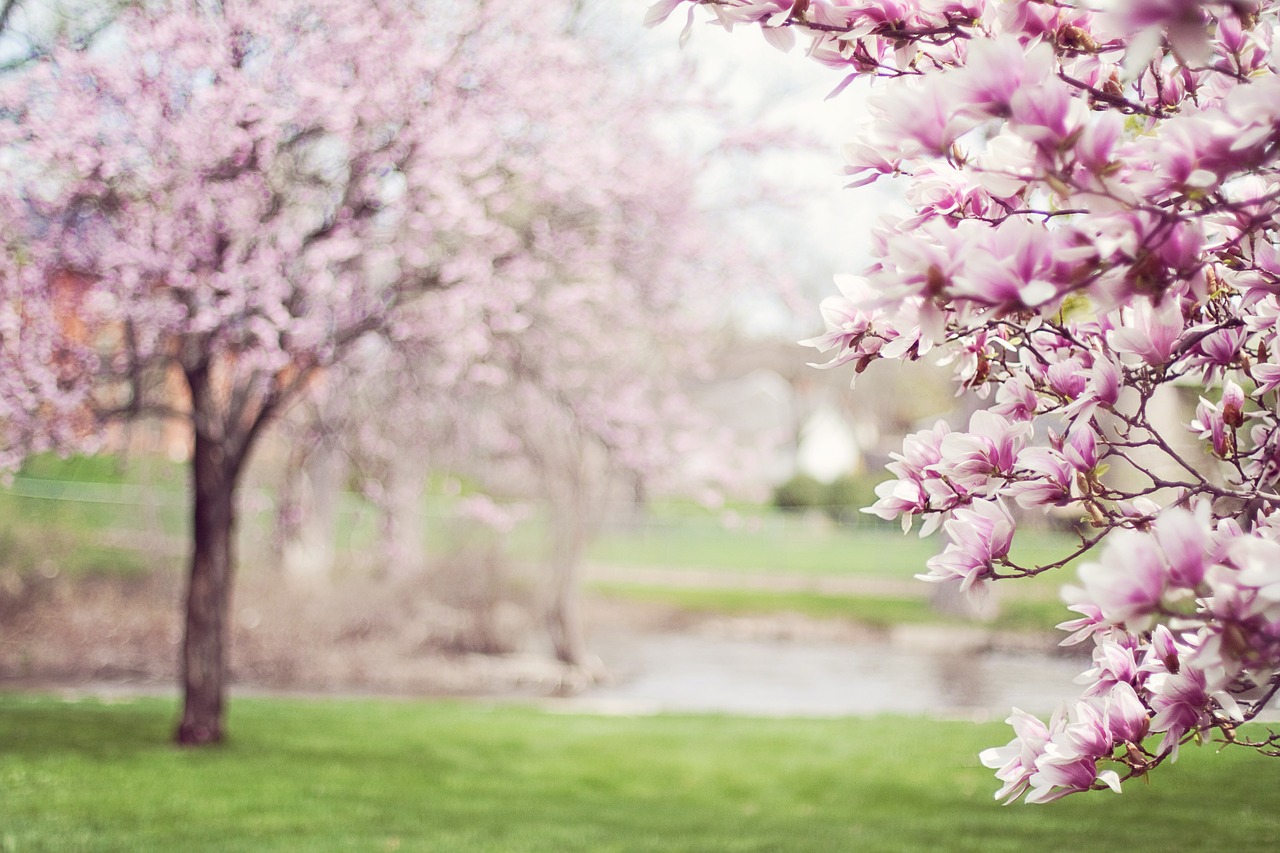By Josh Cohen.
After four years of terrible drought, last winter brought a little reprieve for water-starved California. The heavy rain and snow filled reservoirs and built up the snowpack. It made enough of a dent in the drought that the Water Resources Control Board eased its statewide water restrictions to allow regions with more water supply to conserve less this summer. But though people will be able to water their lawns again, the drought is far from over. The state is working on regulations that will help them reduce water use by 20 percent or more in the long term. A new study of urban lawn water consumption from the University of Utah could help them get there.
Published in the latest issue of the Journal of Arid Environments, the study evaluates urban irrigation recommendations based on new data about how much water turfgrass actually uses in cities. Researchers measured turfgrass water use at eight sites in the Los Angeles Metro area to figure out how common city environments impact water consumption.
“We wanted to compare recommendations for watering turfgrass lawns with real use. How much do they actually need? Our theory was they’re probably over-irrigated. Before the restrictions you’d see sprinklers going off at all times day and night, during rain, etc,” explains Elizaveta Litvak, a University of Utah postdoctoral student and lead author of the study.
Litvak and her colleagues measured a process called evapotranspiration (ET), which accounts for the amount of water a plant loses through evaporation and the amount it “breathes” through transpiration. To make the measurements at the small scale necessary for urban lawns, they built special plastic chambers slightly larger than shoe boxes that were equipped with sensors. The chambers would take instant measurements of temperature and humidity of a patch of grass which allowed them to estimate ET. By taking measurements at different times of day and in different seasons at the eight sites around L.A. — some of which were shaded and some of which had full sun exposure — the scientists were able to draw conclusions about how much water the grass really needs.
[divider] [/divider]





